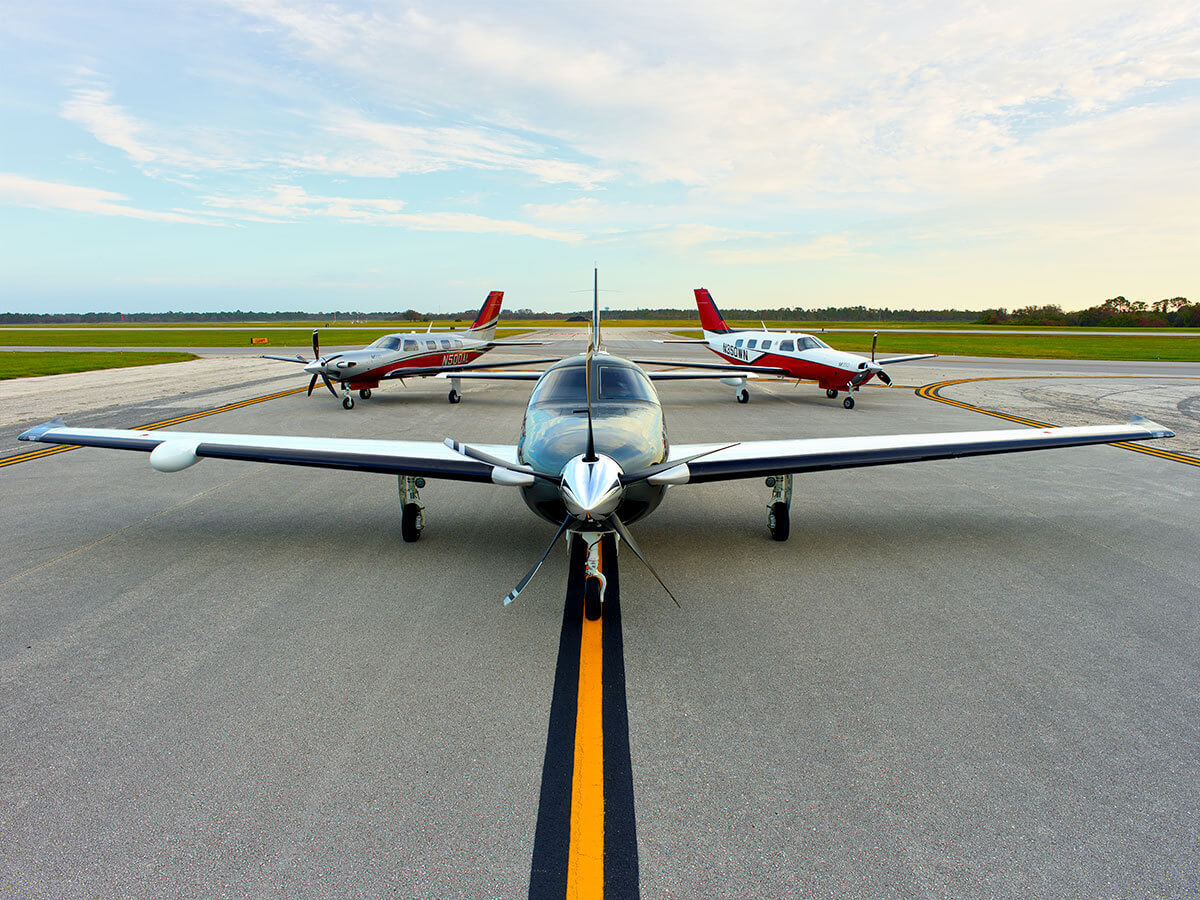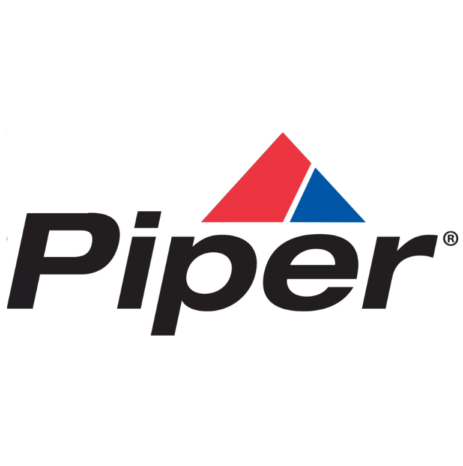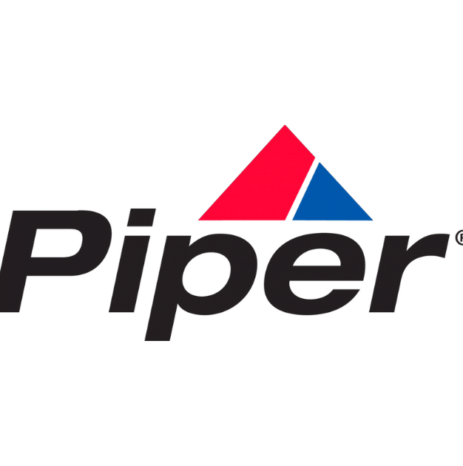VERO BEACH, Fla., April. 14, 2015 – Piper Aircraft has introduced the M350, its newest top-of-the-line M-Class single-engine, piston, cabin class, pressurized aircraft with the latest in Garmin avionics. With most advanced safety features, along with a number of additional significant product improvements, the M350 has the most advanced cockpit of any cabin class, six-place aircraft available on the market.
“The 2015 Piper M350 comes equipped with the very latest Garmin avionics package for increased safety,” said Piper President and CEO Simon Caldecott. “As part of our continued focus on product improvements, we identified an opportunity to give our customers the most advanced safety features available for this class of aircraft. The addition of proven avionics technology with Electronic Stability Protection, Underspeed Protection, and automatic Level Mode were among other improvements. What’s more, a Piper M350 can now safely fly itself unassisted to lower altitudes in the rare case that the pilot is non-responsive at altitudes where oxygen is required.”
The Piper M350 comfortably seats six with club seating. It is powered by a Lycoming TIO-540-AE2A 350 horsepower engine, sports a 213 KTAS / 395 km/h max cruise speed, and has a range of 1,343 nm / 2,487 km. The aircraft comes standard with an improved Garmin G1000 avionics suite; the 2015 M350 is listed at a competitive price of $1.15 million.
Upgraded Avionics
The M350’s new Garmin G1000 avionics suite features high-resolution, dual 10-inch PFDs, and a high-resolution, 12-inch MFD. Also included is the latest Garmin Software upgrade, along with a GFC700 autopilot with an optional enhanced Autopilot Flight Control System (AFCS), which hosts a number of flight safety features:
- Electronic Stability Protection (ESP)
- Underspeed Protection (USP)
- Coupled Go-Around
- Hypoxia Recognition
- Emergency Descent Mode
- Pulse Oximeter
- Level Mode
- Autopilot Auto-Engage
- Expanded Engagement Envelope
- Master caution, master warning, gear position, gear warning incorporated in the G1000
- Digital Pressurization (now integrated with the Garmin G1000 avionics)
Electronic Stability Protection
Electronic Stability Protection (ESP) helps prevent the onset of stall/spins, steep spirals, and loss-of-control conditions. This passive feature discourages aircraft operation outside the desired flight envelope. ESP functions independently of the autopilot system and only takes effect when the pilot is hand-flying the aircraft with the autopilot disengaged. It works as a soft barrier to keep the Piper M350 inside the performance envelope by automatically engaging servos to slightly correct control surface positions when the aircraft exceeds one or more flight parameter – essentially encouraging it back inside safe parameters.
Underspeed Protection (USP)
Underspeed Protection (USP) is a flight director function that reacts to underspeed conditions in a way that allows the autopilot to remain engaged but prevents the airplane from stalling, while the PFD annunciates when active.
With stall protections developed as part of the USP system, coupled go-arounds are possible without disengaging the autopilot. With this feature, the autopilot will remain engaged and fly the missed approach. If power is not added, the USP system will maintain a speed just above stall warning, adjusting airplane pitch attitude as required.
Coupled Go-Around
With stall protections developed as part of the USP system, coupled go-arounds are possible without disengaging the autopilot. With this feature, the autopilot remains engaged and will fly the missed approach. If power is not added, the USP system will maintain a speed just above stall warning, adjusting airplane pitch attitude as required. Pilot workload is now significantly reduced when flying a missed approach, further enhancing aircraft safety.
Hypoxia Recognition System with Automatic Descent Mode
The Hypoxia Recognition System detects pilot incapacitation as a result of hypoxia by monitoring pilot interaction with the PFD, MFD, and Autopilot Controller at altitudes above cabin 14,900 feet with the autopilot engaged. If no interaction is detected within a specified time period, this system will engage Automatic Descent Mode and bring the aircraft to a lower altitude in an effort to allow recovery from hypoxia. The M350 can safely fly itself to lower altitudes in the unlikely case the pilot becomes unresponsive.
Pulse Oximeter
The M350 features a panel-mounted pulse oximeter. The pilot’s heart rate and blood oxygen saturation can easily be measured and displayed on the MFD, along with continuous monitoring of carbon monoxide levels in the cabin.Hypoxia recognition and automated altitude step-down recovery in the case of an unresponsive pilot FMS User Interface changes: Simplified navigation in the flight plan page
Automatic Level Mode (Blue Button)
The M350 also features as standard equipment an autopilot Level Mode function that, when triggered, will return the aircraft to a wings level attitude with zero vertical speed. Upon activation, Level Mode will automatically engage the flight director and autopilot functions to return the aircraft to straight and level flight. Activating Level Mode cancels all armed and active modes leaving all other autopilot modes available while the Level Mode is activated by simply pressing the associated mode control button.
Additional Improvements
Other major improvements for the Meridian M350 includes a new digital pressurization which fully integrates with G1000, the Aspen EFD-1000 standby instrument, electroluminescent placards in cockpit, GTX 33 Extended Squitter Transponder, a centrally located single audio panel, USB charging ports in both the cabin and the cockpit, and an optional GTS 825 Traffic Advisory System, which coupled with the GTX 33ES gives the aircraft ADS-B In and Out functionality. M350 aircraft is also offered with the optional Garmin GSR-56 Global Satellite Datalink Iridium Satellite Transceiver for added connectivity (phone call and text capability) with business taking place on the ground.
About Piper M-Class Aircraft
Piper M-Class aircraft offer Piper performance and safety built upon a proven airframe that has been an industry standard for years. Three refined, cabin class derivatives comprise the full line: the M600, Meridian M500, and the M350; the Matrix is also part of the M-Class family. Each product fits its own niche and price point, and each aircraft provides a seamless step-up to the next level. Created to maximize the business and the private travel experience, the M-Class line offers market-leading safety, as well as performance, efficiency, and value.
About Piper Aircraft
Piper Aircraft Inc., headquartered in Vero Beach, Fla., offers aviators throughout the world efficient and reliable single- and twin-engine aircraft. The single-engine M-Class series – the M600, Meridian M500, M350, and Matrix – offers businesses and individuals elegant performance and value. The Twin Class Seneca and Seminole balance proven performance, efficiency, and simplicity in twin-engine aircraft. The Trainer Class Archer TX, Archer DX, Arrow, Seminole and Seneca aircraft form the most complete technically-advanced line of pilot training aircraft in the world. Unparalleled service and support is offered through a network of 38 dealers and nearly 100 service centers worldwide. All Piper airplanes feature advanced Garmin avionics in the cockpit. Piper is a member of the General Aviation Manufacturers Association.
# # #
Piper Aircraft, Inc.
For further information, contact:
Jackie Carlon
Phone: (772) 299-2900
Fax: (772) 978-6585
Mail to: Jackie.Carlon@piper.com
piper.com



